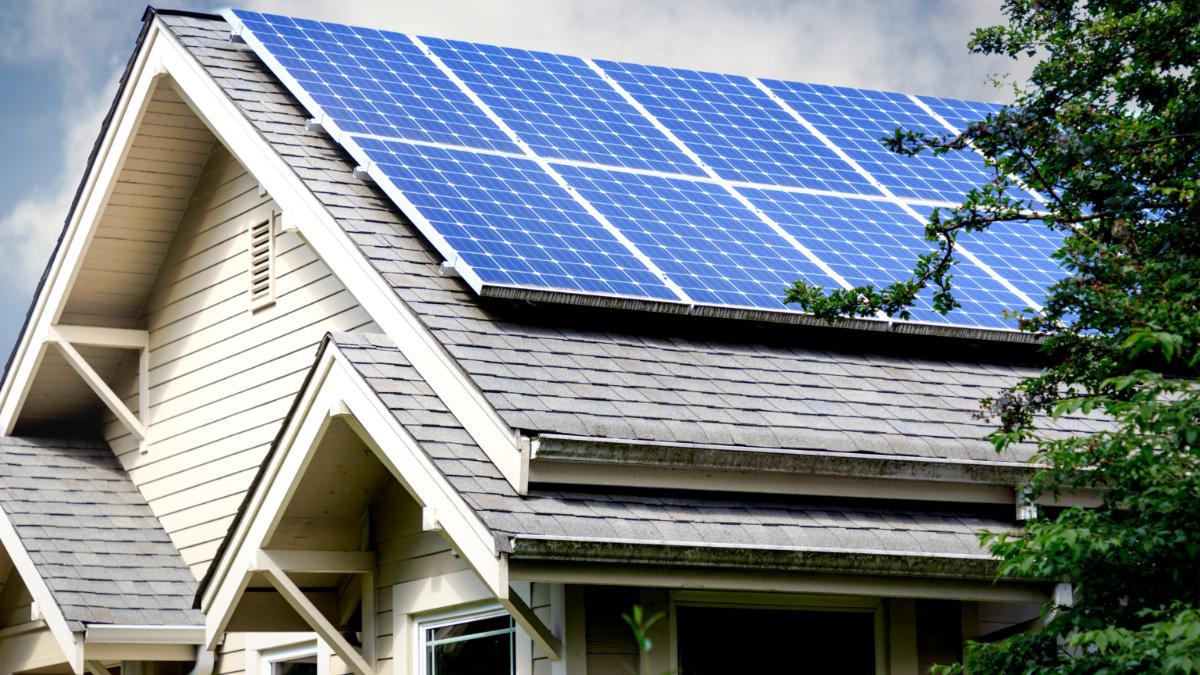
U.S. Could Reach Net-Zero Emissions by 2050 With More Benefits Than Costs

A new report from the National Academies of Sciences details how to address carbon pollution and societal inequities in beneficial ways. Cindy Shebley / Getty Images
The United States could achieve net-zero carbon pollution by 2050, address societal inequities, and reap benefits far greater than the costs, according to a report released Tuesday by the National Academies of Sciences.
The report recommends five main reforms, to be funded in part by a rising /ton carbon tax: improving building efficiency; electrifying transportation and building heating; getting 75% of electricity from clean sources by 2030; increasing transmission capacity; and tripling government investment in clean energy research.
At about 0 billion over status quo spending levels over the next ten years, the report found the reforms would more than pay for themselves in public health benefits alone.
With the correct policies in place, the reforms would have dramatic benefits for working class communities and communities of color disproportionately harmed for fossil fuel extraction and consumption, as well as communities historically dependent on fossil fuels.
“You should want to do this even if you didn’t care about climate,” Stephen Pacala, a Princeton University professor who chaired the 17-member committee that produced the report, told E&E.
Correction: Yesterday’s newsletter misstated the cost of clean energy investments outlined by the National Academies of Sciences. The article originally said it would be an annual cost of about $300 billion over status quo spending levels. In fact, the reforms would cost about $300 billion over status quo spending levels over the next ten years.
For a deeper dive:
For more climate change and clean energy news, you can follow Climate Nexus on Twitter and Facebook, sign up for daily Hot News, and visit their news site, Nexus Media News.
- United Airlines Will Invest in Carbon Capture En Route to Net Zero ...
- BP Announces Net Zero Emissions by 2050 Target, but Offers No ...
- New Report Shows U.S. Can Achieve Net-Zero Emissions by 2050 ...
- Why Companies’ Net-Zero Pledges Should Trigger Skepticism
- Cycling Is Best Bet for Reaching Net-Zero Cities

 233k
233k  41k
41k  Subscribe
Subscribe 